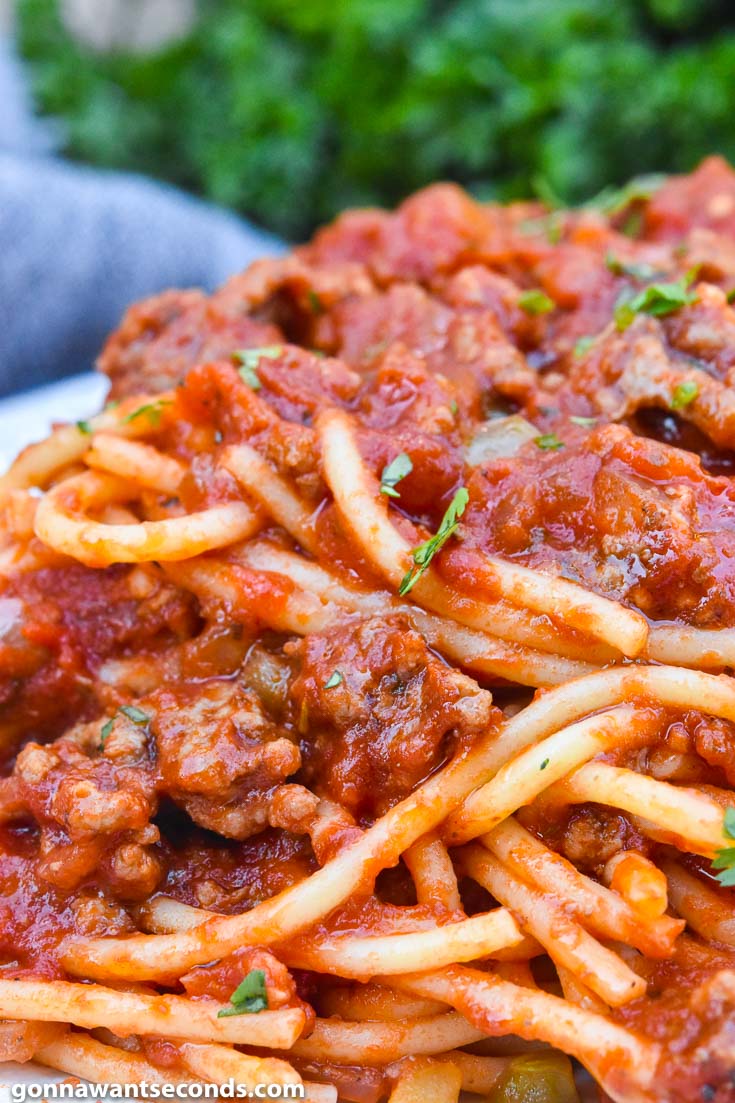Discovering the Different Cuts of Meat: A Guide to Perfect Selections
Discovering the Different Cuts of Meat: A Guide to Perfect Selections
Blog Article
From Ranch to Table: Fresh and Costs Meat Choices
The journey of meat from ranch to table envelops a complex interaction of high quality, principles, and sustainability. With a boosting emphasis on fresh and premium options, consumers are now a lot more inclined to consider the beginnings of their food, leading to a restored concentrate on lasting farming practices and animal welfare criteria. This change not just enhances the dietary profile of meat yet also sustains neighborhood economies. Nonetheless, the effects of these selections expand far beyond personal health and neighborhood farming. What does this mean for the future of food systems and customer behaviors?
Comprehending Meat Sourcing
As customers end up being increasingly knowledgeable about the origins of their food, comprehending meat sourcing has actually gained critical value. Meat sourcing includes mapping the journey of meat from farm to table, incorporating numerous variables such as farming methods, animal welfare, and ecological impact. This understanding encourages customers to make informed selections that line up with their worths, specifically concerning sustainability and ethical factors to consider.
The sourcing of meat can differ dramatically based on multiple standards, consisting of the type of animals, farming methods, and geographical area. Grass-fed beef frequently comes from pasture-based systems that promote pet well-being and decrease ecological degradation. On the other hand, traditional meat might involve extensive farming methods that increase issues regarding antibiotic use and habitat damage.
Knowing the specific ranch or region where the meat originates aids consumers guarantee quality and safety and security. Eventually, understanding meat sourcing not just improves customer option but additionally promotes responsible intake and supports moral farming methods.
Benefits of Fresh Meat
Selecting fresh meat provides countless advantages that extend past taste and structure. Fresh meat generally retains higher dietary value contrasted to its frozen or refined counterparts. It is usually richer in necessary vitamins and minerals, such as B vitamins, iron, and zinc, which are critical for preserving total health and wellness.
In addition, the sourcing of fresh meat typically entails shorter supply chains, lowering the time between farm and table. This suggests that the meat is less most likely to shed its nutritional stability during transportation and storage space. Additionally, consumers can experience improved preference and juiciness, which can elevate cooking experiences.
Fresh meat additionally provides a chance for customers to support regional farmers and advertise lasting agricultural practices. When acquiring from neighborhood sources, individuals can add to their neighborhood economy and promote a better link to the food they consume.
Finally, fresh meat is typically totally free from the preservatives and additives commonly found in refined choices. This makes it a cleaner, much healthier choice for those wanting to minimize their consumption of artificial active ingredients. Generally, the benefits of choosing fresh meat encompass wellness, preference, and a sense of community involvement.
Pet Welfare Criteria
Ensuring high pet well-being standards is essential for both moral considerations and the quality of meat items. The treatment of animals directly influences not just the ethical effects of meat production but additionally the overall top quality and security of the end items. Animals elevated in humane conditions are less stressed out, bring about much healthier pets and, subsequently, exceptional meat quality.
Laws and qualifications worrying animal well-being have ended up being progressively considerable in the meat sector. These frameworks make sure animals are supplied with appropriate space, correct nutrition, and humane handling throughout their lives. Practices such as pasture-raised systems and free-range atmospheres add to far better pet well-being by allowing pets to exhibit all-natural behaviors, which is critical for their wellness.
Moreover, consumers are coming to be more discerning pertaining to the sources of their meat, resulting in an expanding need for products that adhere to rigid pet welfare standards. This shift not just advertises ethical farming practices however additionally urges producers to adopt procedures that boost the wellness and welfare of their animals. Meat. Eventually, prioritizing pet well-being sites is not simply an ethical imperative; it is also a pathway to creating premium-quality meat that satisfies customer assumptions

Lasting Farming Practices
Lasting farming practices play an important function in boosting both pet welfare and the quality of meat products. By carrying out rotational grazing, farmers can advertise healthy and balanced field ecosystems, enabling animals to feed on nutrient-rich lawns while protecting against overgrazing.
Additionally, sustainable farming frequently integrates incorporated bug monitoring and natural feed alternatives, decreasing the usage of harmful chemicals. This method not only safeguards animal well-being but also results in cleaner, safer meat products for consumers. Water preservation strategies, such as rain harvesting and reliable watering systems, additionally add to sustainable methods, guaranteeing that resources are used judiciously.
Moreover, fostering biodiversity via polyculture systems and maintaining environments for wildlife enhances the resilience of farming ecosystems. By focusing on these lasting techniques, farmers can produce top quality meat that meets customer need while promoting ecological equilibrium. More Bonuses Eventually, embracing sustainable farming techniques is necessary for producing a more liable and durable food system that benefits pets, farmers, and consumers alike.
Choosing Top Quality Over Amount
Frequently, customers are faced with the problem of picking between quantity and top quality when it concerns meat items. While buying larger amounts may appear economically useful, the long-lasting benefits of selecting top quality meat much outweigh the prompt cost savings. Quality meat is often sourced from pets raised in lasting environments, where they are provided proper nutrition click to investigate and treatment, resulting in superior flavor and dietary value.
High-grade meats are typically devoid of harmful additives, hormonal agents, and antibiotics that are commonly present in mass-produced alternatives (Meat). This not just makes sure a much healthier eating experience however additionally supports moral farming methods that focus on pet well-being. Additionally, costs meats have a tendency to have a much better structure and taste, enhancing the total culinary experience
Buying high quality meat encourages consumers to value smaller parts, enabling a much more conscious approach to consuming. This shift not only impacts individual health positively but also advertises sustainable usage patterns that can benefit the atmosphere. Finally, focusing on quality over quantity when choosing meat products fosters a more responsible and health-conscious way of life, inevitably enhancing both the eating experience and the planet.
Verdict

Report this page